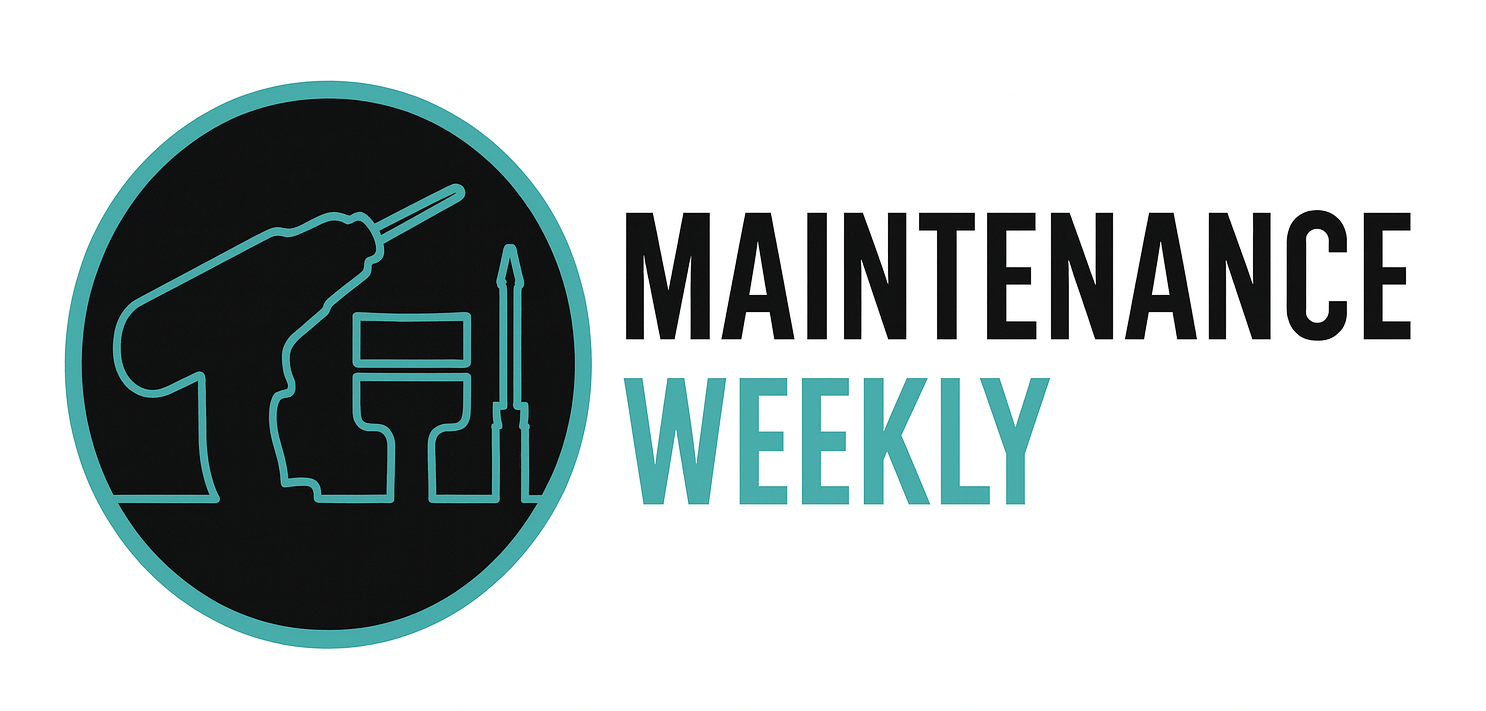Fleet Safety Manager – Career Overview
A Fleet Safety Manager is responsible for ensuring the safety and compliance of a company's fleet of vehicles and drivers. This role involves developing and implementing safety programs, policies, and procedures to reduce accidents, injuries, and liability risks associated with fleet operations. The Fleet Safety Manager works closely with drivers, fleet managers, and regulatory agencies to maintain safety standards and compliance with transportation regulations.
Fleet Safety Managers play a key role in protecting the company’s assets, maintaining regulatory compliance, and promoting a safety-conscious culture within the fleet operations team.
Key responsibilities for a Fleet Safety Manager include:
● Developing and implementing safety programs for fleet drivers and maintenance staff to ensure safe driving practices and vehicle operation.
● Ensuring compliance with safety regulations, including local, state, and federal transportation laws, as well as company policies.
● Monitoring driver performance, tracking violations, accidents, and safety records to ensure all drivers adhere to safety standards.
● Conducting safety training for drivers, including defensive driving courses, vehicle safety checks, and hazard awareness.
● Investigating accidents and incidents, gathering data, and providing reports for management to determine the causes and prevent future occurrences.
● Maintaining safety records and preparing safety reports for management, regulatory agencies, and insurance providers.
● Collaborating with fleet managers to ensure proper vehicle maintenance and that safety features are working correctly.
● Implementing safety technologies, such as telematics systems, to monitor driving behavior, fuel consumption, and vehicle safety.
● Conducting regular safety audits of vehicles and equipment to ensure they meet industry standards and are safe for use.
Successful Fleet Safety Managers typically possess:
● Strong knowledge of transportation safety regulations and compliance standards.
● Excellent communication skills to provide safety training, explain safety policies, and communicate with drivers and management.
● Problem-solving abilities to analyze incidents, identify the causes, and implement effective solutions.
● Attention to detail to track safety metrics, accidents, and ensure compliance with regulations.
● Leadership and training skills to educate drivers and maintenance staff on best safety practices.
● Data analysis skills to review safety reports, accident data, and other metrics to develop safety improvements.
● Experience with safety equipment and technology, including GPS tracking, telematics, and driver monitoring systems.
To become a Fleet Safety Manager:
● A high school diploma is required, with a Bachelor’s degree in safety management, logistics, or a related field often preferred.
● Experience in fleet management or safety compliance is essential.
● Certifications in safety management, such as Certified Safety Professional (CSP) or Occupational Health and Safety Administration (OSHA) certification, can be advantageous.
● On-the-job training in fleet safety, regulatory compliance, and incident investigation is critical.
Fleet Safety Managers typically work in offices, but may also need to spend time visiting fleet facilities or drivers to conduct safety audits and inspections. The role involves coordinating with management, drivers, safety officers, and regulatory agencies to ensure compliance and minimize risk.
The demand for Fleet Safety Managers remains steady as companies increasingly prioritize safety and regulatory compliance. Fleet Safety Managers can advance to senior safety or operations roles, such as Director of Fleet Safety or Safety and Compliance Officer.
Source: CHATGPT
